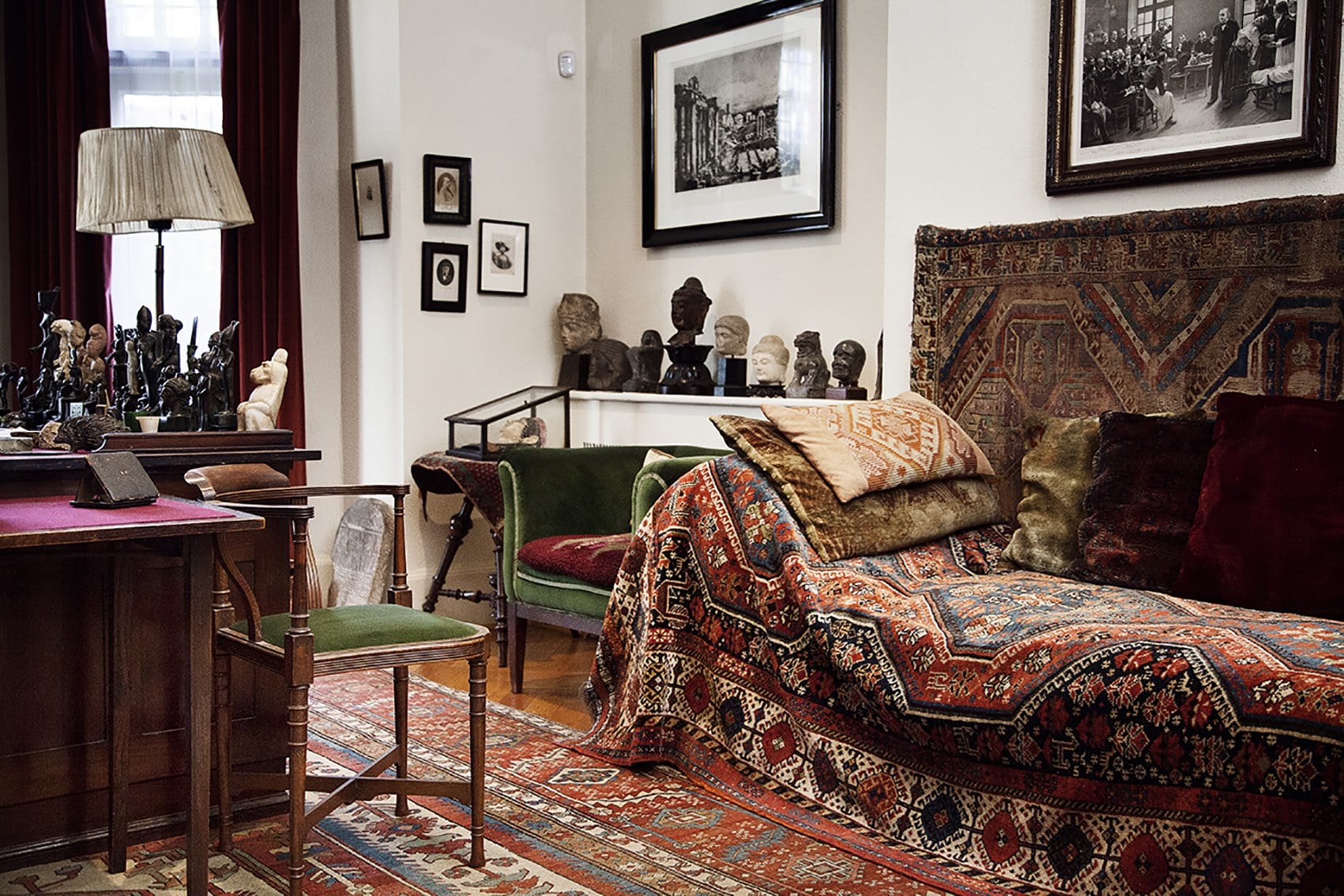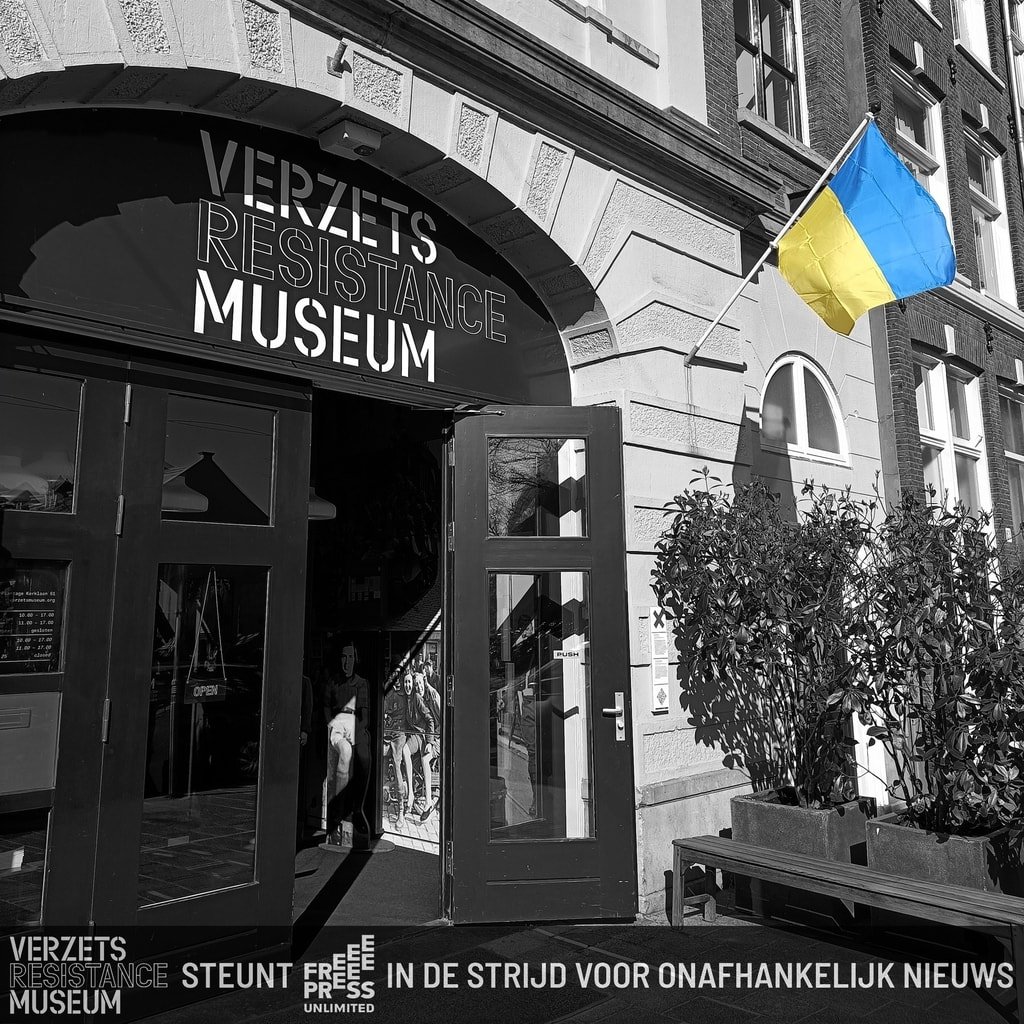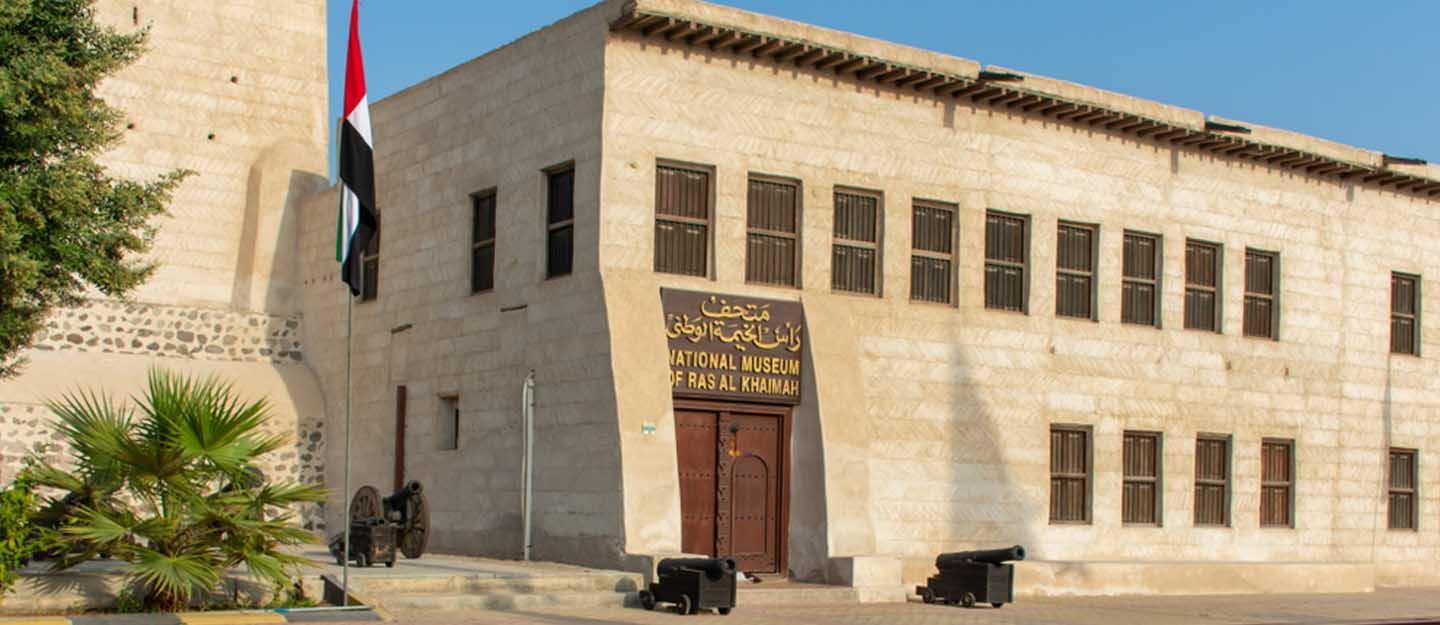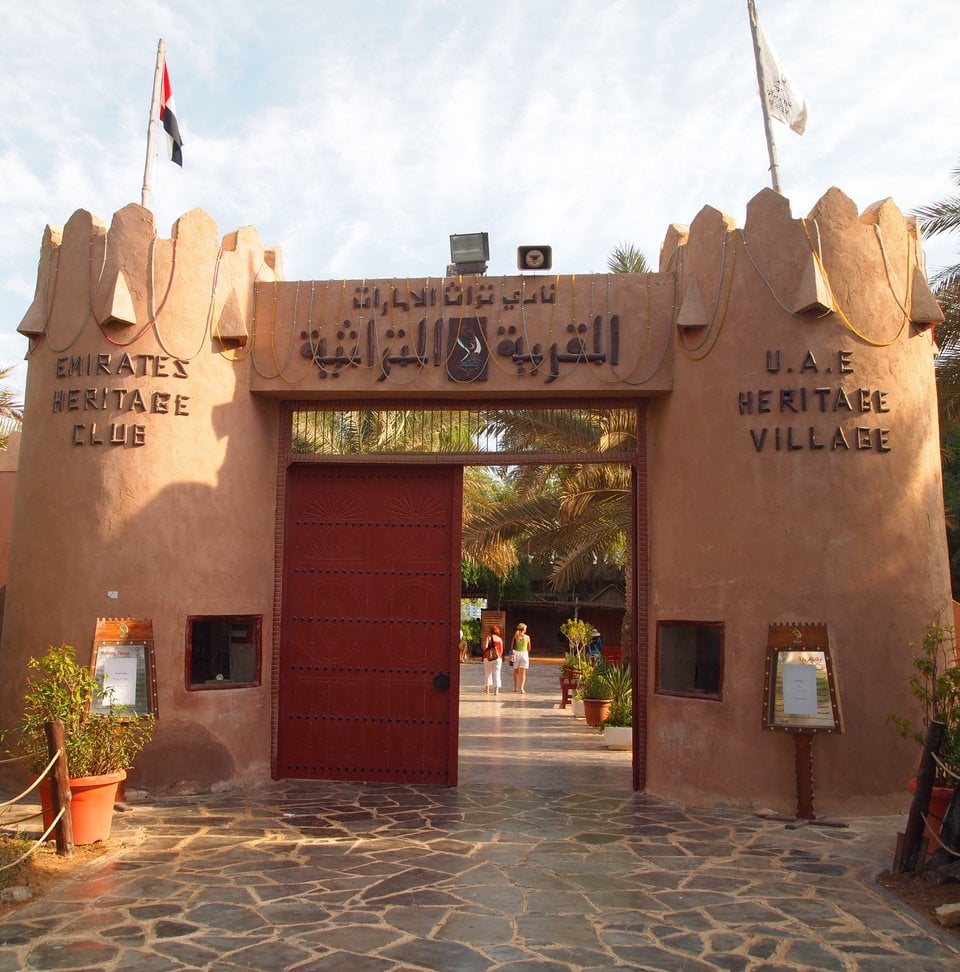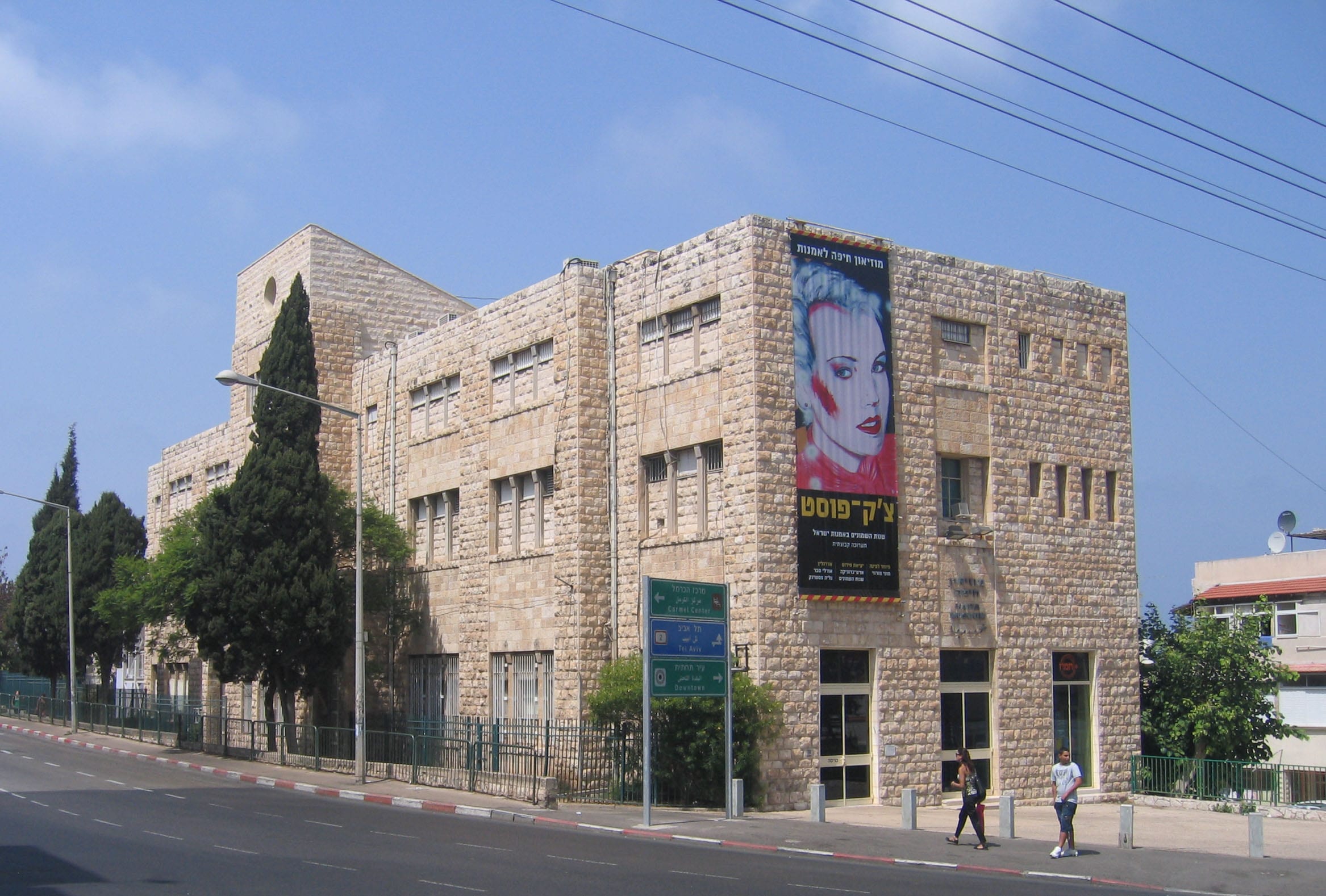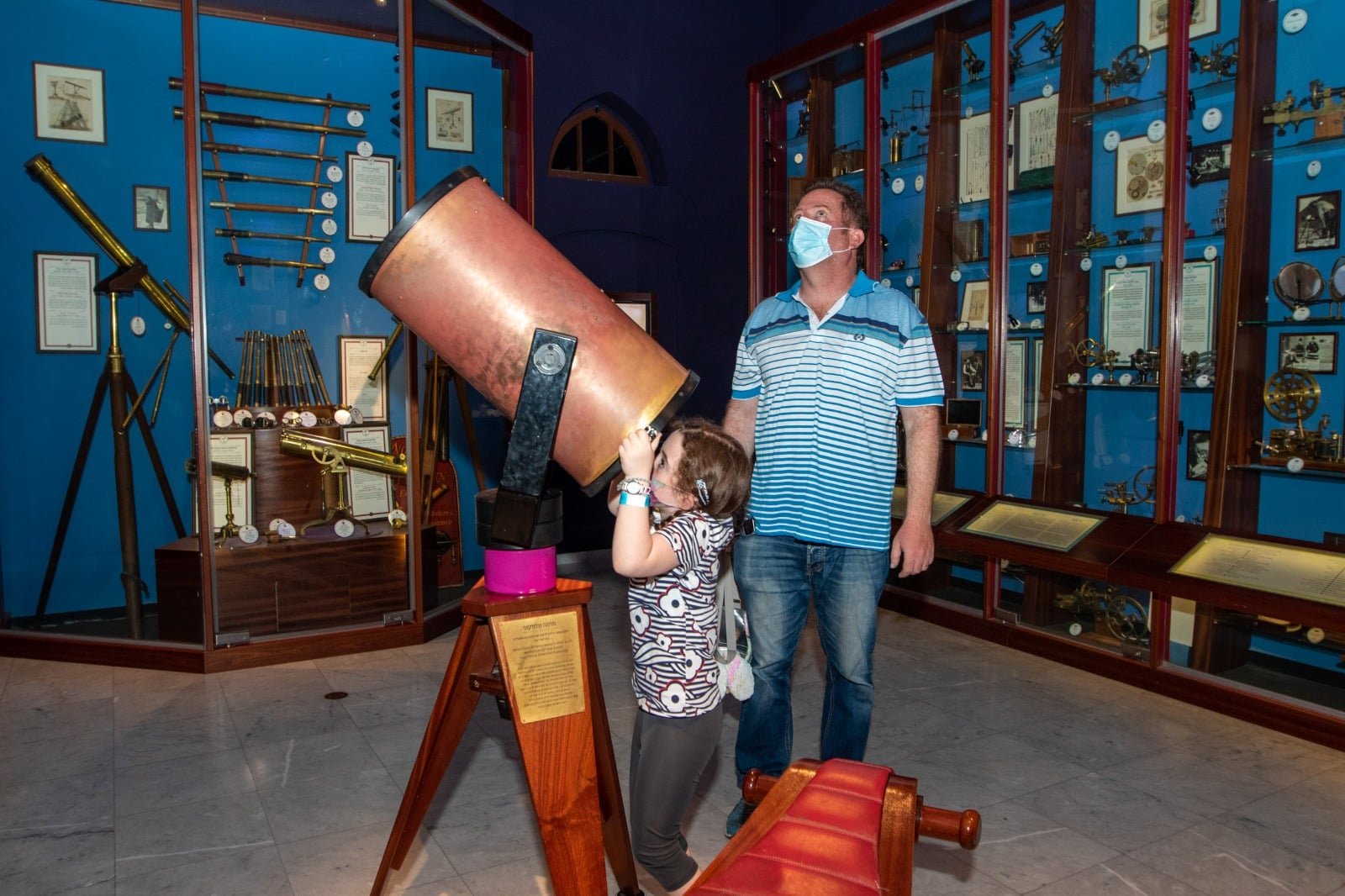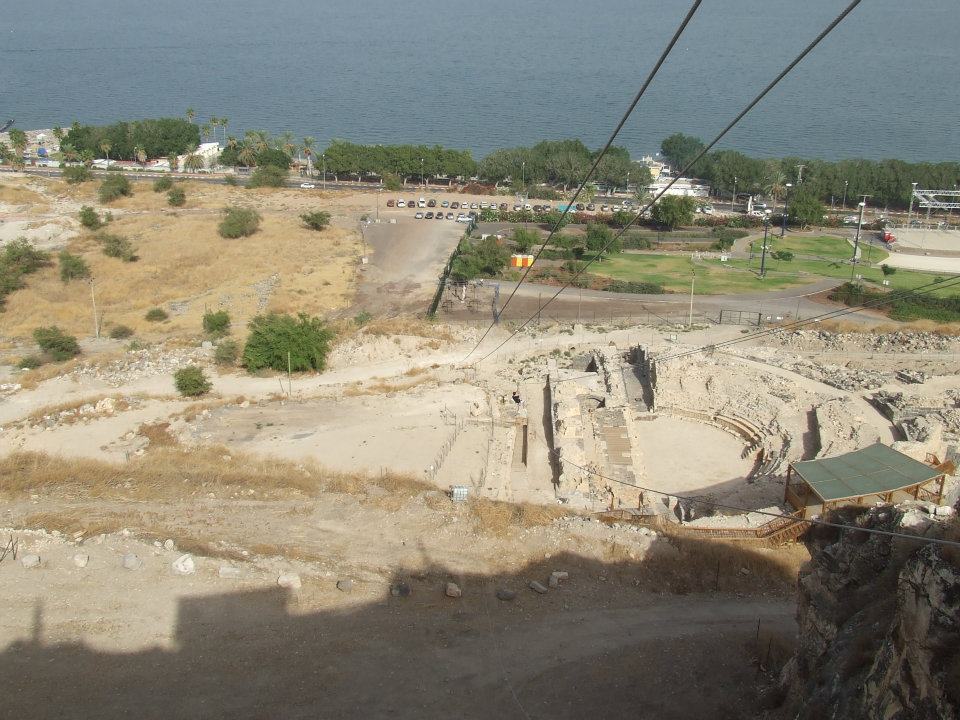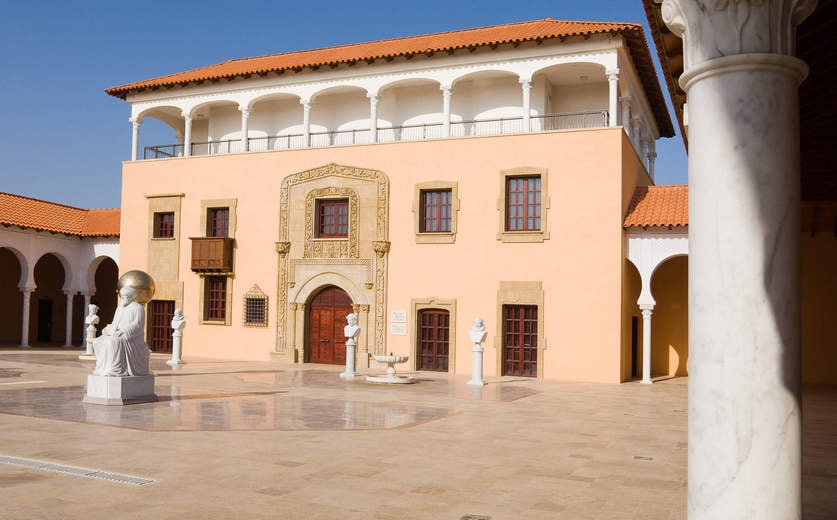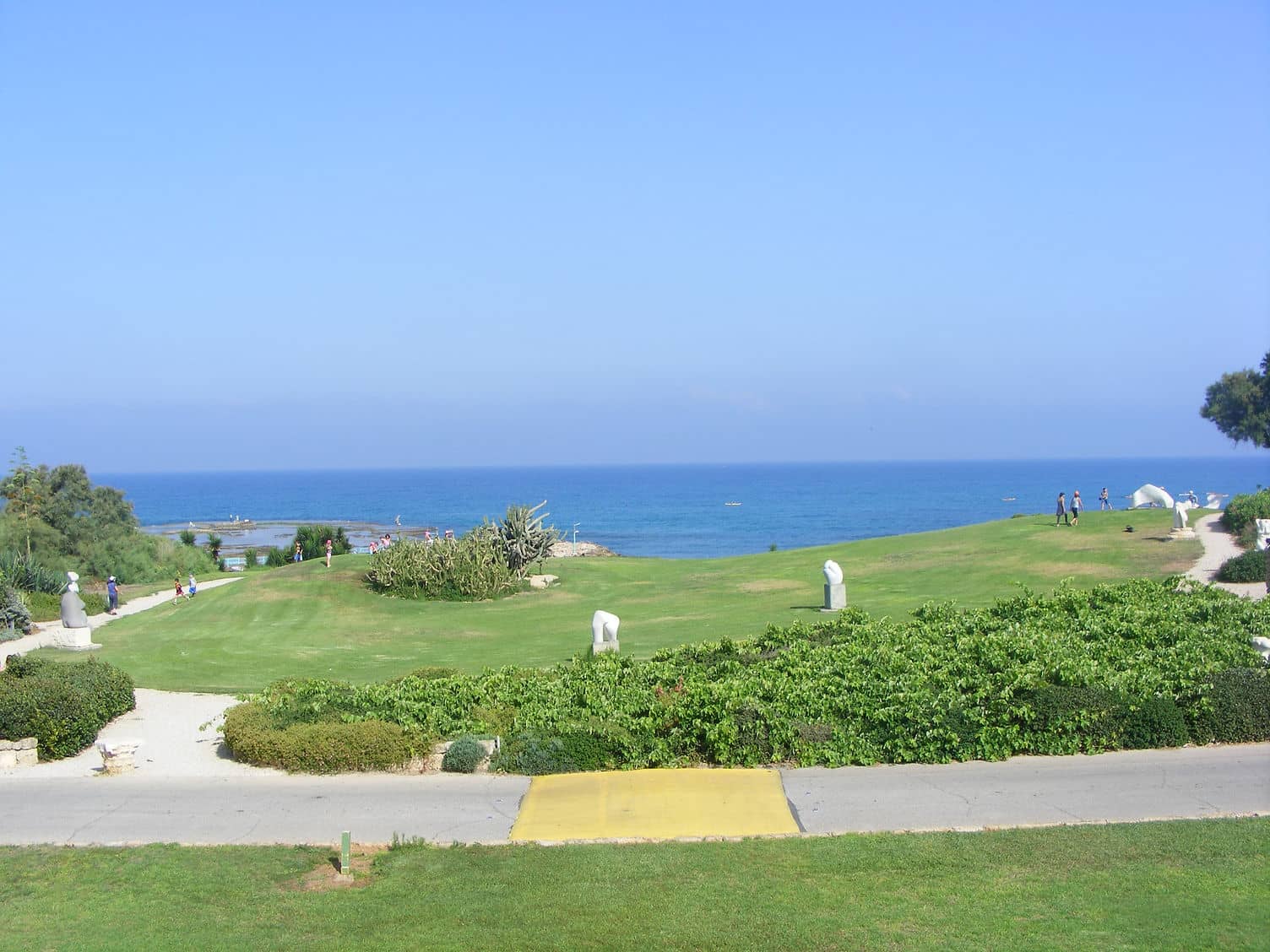The Haifa Museums fits six museums into one. The Haifa Museums include the municipal museums located around the city: the Haifa Museum of Art, the Art Center, the Tikotin Museum of Japanese Art, the National Maritime Museum, the Haifa City Museum, the Mane Katz Museum, the Hermann Struck Museum, and the Prehistoric Museum. When this was establishment, the company included all museums that belonged to the municipality. Until 1977 these museums were located in City Hall, and in 1977, some of the museums were transferred to their current location, at 26 Shabtai Levi St.
The Haifa Museum of Art (also called “the Museum of Modern Art”) was opened in 1951 at City Hall, and was run by Dr. P. Shif between the years 1955 – 1964. In 1978 the museum was transferred to its current location at 26 Shabtai Levi St.
The Moshe Stekelis Prehistoric Museum was opened on February 15, 1962. It was the first museum in Israel and the Middle East dedicated solely to the prehistoric era, and one of the few such museums in the world. The museum had around 100,000 relics from prehistoric times in Israel, many of them from the Carmel area. Most of them have been returned to the national collection. The museum also has dozens of prehistoric European figures.
The Museum of Japanese Art on the crest of Mount Carmel is dedicated exclusively to the preservation and exhibition of Japanese art works, and is the only one of its kind in the Middle East. The Museum is a municipal foundation, set up in 1959, on the initiative of Felix Tikotin (1893-1986) from Holland, and Abba Khoushy (1898-1969), Mayor of Haifa at that time. The Museum aims to allow Israelis to learn and become acquainted with Japanese culture; to promote mutual understanding between Israel and Japan, and between East and West; and to encourage research into the arts and culture of Japan.
The National Maritime Museum was established in 1953, based on the private collection of Arye Ben Eli, the founder and first manager of the museum. The museum presents spectacular exhibitions of seamanship from different eras. One of the permanent exhibitions, The Pirates, is experiential and unique in the country. The museum also presents rare findings that survived from antiquity, sub-marine archeology, Greco-Roman coins, marine mythology, etc. The museum is located at the southern entrance to Haifa and attracts thousands of visitors every year.
The Haifa City Museum is located in the first Templar building of the German Colony. The building was used as the Templar community center. In 2000 the museum underwent massive conservation and restoration work. The museum exhibits the history of Haifa from different eras and points of view. There are also temporary exhibitions on urbanism, identity, multi-nationality, multi-culturalism and others. During the year, the museum organized a series of fascinating tours to introduce the city and its history.
Mane Katz Museum was established in the home of the artist Mane Katz, an important figure in the “School of Paris”. The building is located in the Carmel Center near the Louis Promenade and the entrance to the Bahai Gardens. The museum presents the connection between traditional Judaism and art, along with temporary exhibitions that focus on modern art and international artists such a Chaim Sutine, Maurice Vlaminck, Maurycy Gottlieb, Jozef Israels, Camille Pissarro, and Max Liebermann. The exhibitions create an interesting combination between Mane Katz’s paintings and the paintings of contemporary artists from Israel and worldwide.
The Hermann Struck Museum was established in the artist’s house and is dedicated to his memory. Struck is considered one the most important print artists in Israel and Germany of the 20th century. Among Struck’s important paintings are Theodor Herzel’s portrait and portraits of the great philosophers, scientists, and Zionist figures of his times. The museum presents the artist’s furniture, his personal possessions, and his original print machine, which has undergone restoration and conservation and is still operating. The museum is located in the Hadar HaCarmel neighborhood, in an elaborate, eclectic fancy building that was designed by the known architect, Alexander Baerwald. The house has undergone thorough restoration and conservation. It was opened to the public in October, 2013 with a retrospective of Struck’s paintings.
